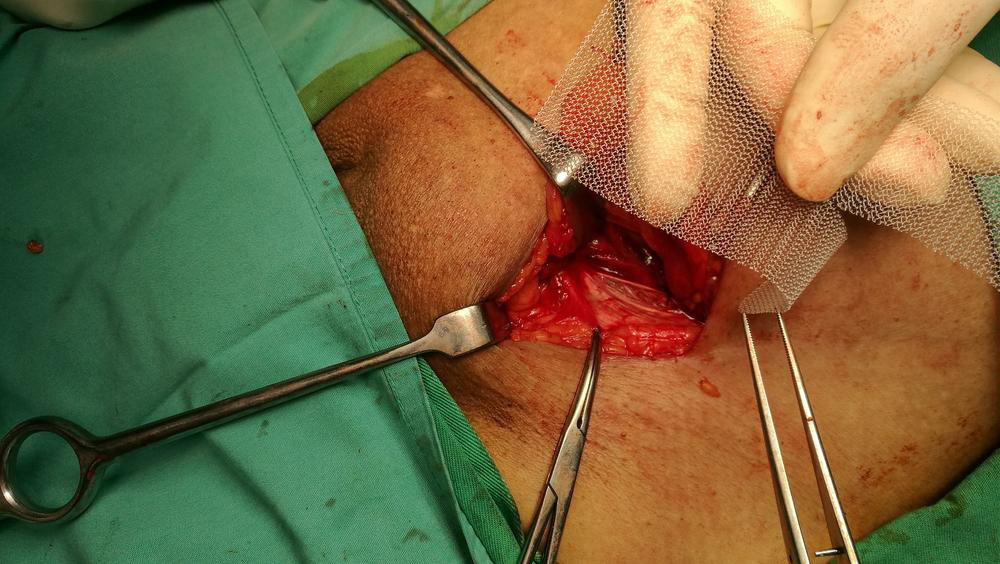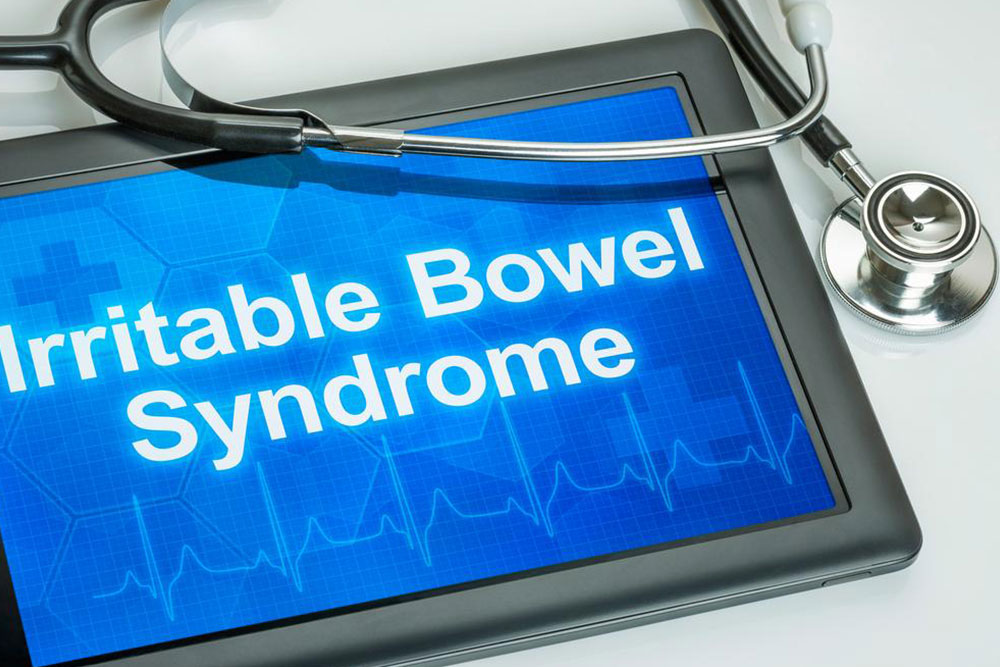Understanding Umbilical and Femoral Hernias: Symptoms and Risks
This article explores the key symptoms and causes of umbilical and femoral hernias in children and adults. It highlights signs to watch for, including bulges near the belly button and groin, and explains the potential risks such as strangulation. Early diagnosis and treatment are crucial to prevent serious complications, making awareness essential for timely medical intervention.
Sponsored

Umbilical Hernia
An umbilical hernia occurs when intestines or fat protrude through a weakness in a child's abdominal muscles near the navel, resulting in a visible swelling. Usually present from birth, this swelling appears after the umbilical cord falls off, typically within a few weeks. The main sign is a bulge near the belly button which can be pushed back by a doctor. The hernia is more noticeable when the child coughs, cries, or strains. Mild pain and occasional vomiting may also occur.
Femoral Hernia
A femoral hernia develops when tissue presses through a weak spot near the thigh or groin area, forming a bulge known as femorocele. Often caused by overexertion, obesity, or childbirth, it may go unnoticed if small. Larger hernias cause discomfort, especially when standing or lifting. Symptoms include a painful bulge, groin pain, nausea, vomiting, and sometimes severe hip pain if the hernia becomes strangulated. Prompt medical attention is needed if complications arise.






